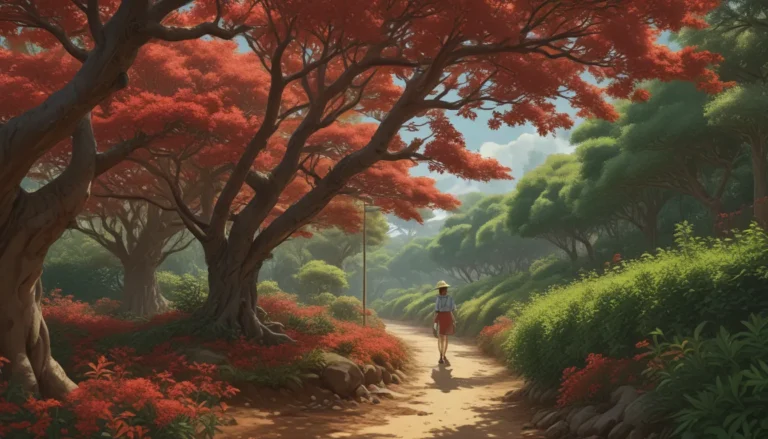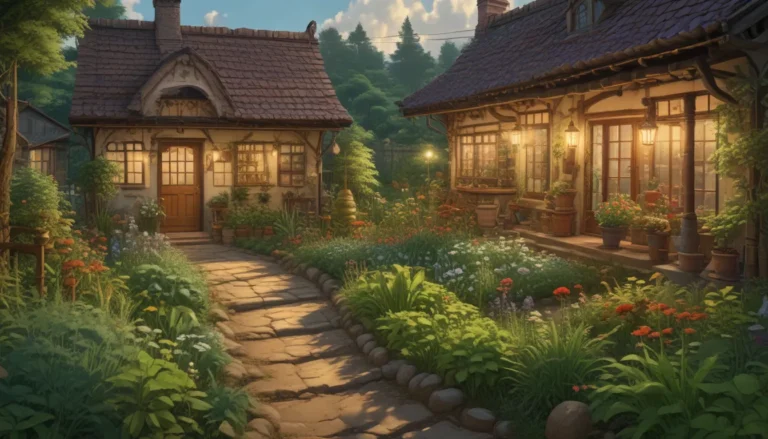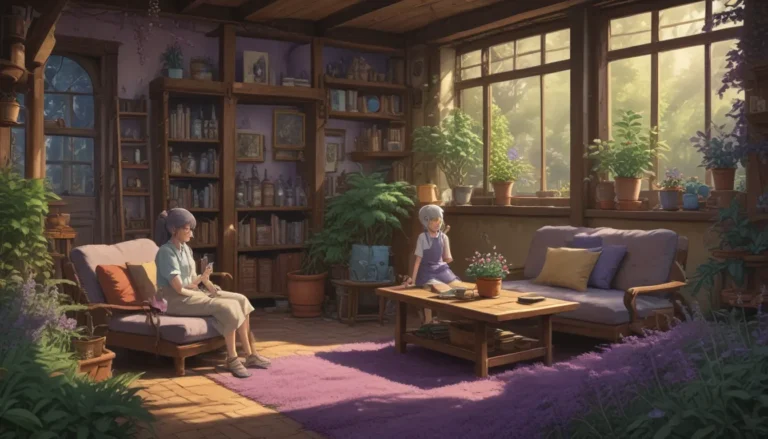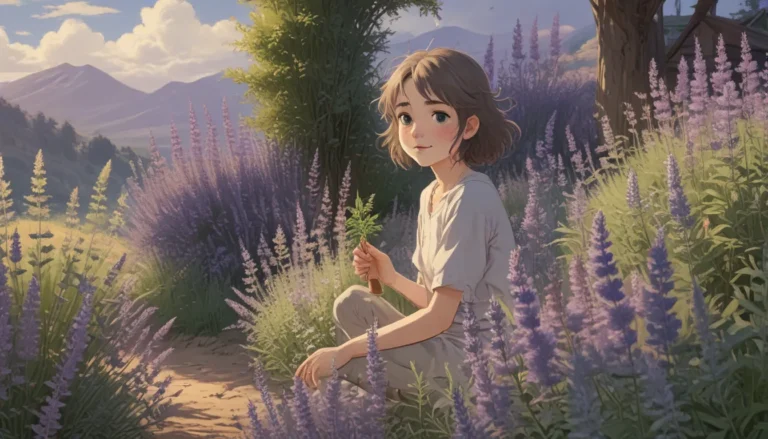The Ultimate Guide to Planting and Growing Bee Balm
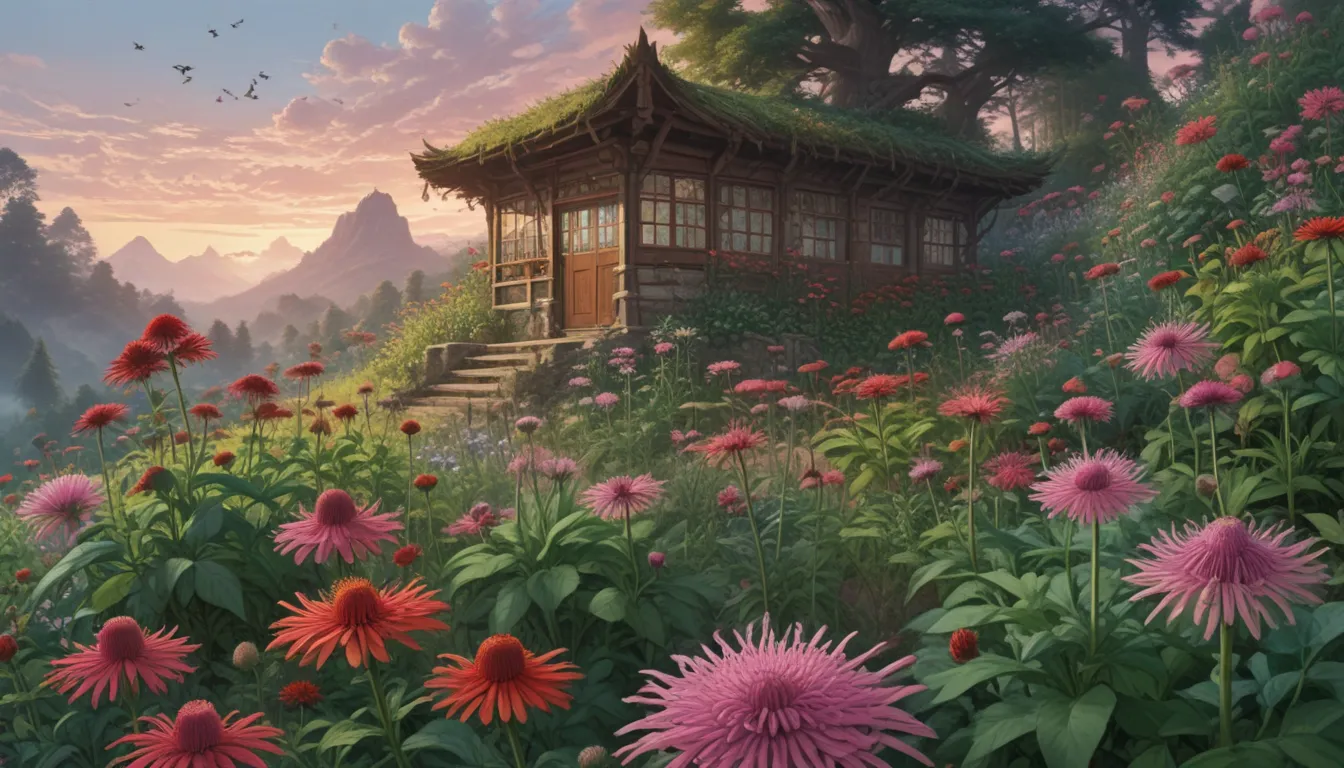
Bee balm, Monarda spp., is a fascinating perennial herb that can add vibrant color and life to your garden. With its beautiful scarlet blooms that attract bees, butterflies, and hummingbirds, bee balm is a must-have for any garden enthusiast.
In this comprehensive guide, we will explore everything you need to know about growing this stunning plant. From its cultivation and history to medicinal uses, propagation methods, growing tips, cultivars, managing pests and diseases, harvesting, preservation, recipes, and additional uses, we’ve got you covered. So let’s dive into the wonderful world of bee balm!
What Is Bee Balm?
Bee balm, a member of the mint family, is a perennial herb that boasts square stems, opposite leaves, and creeping rhizomes. There are various varieties of Monarda, with some of the most popular ones being M. didyma with bright red tufted blossoms and M. fistulosa, also known as wild bergamot, with light purple or pink blooms.
Aside from its ornamental value, bee balm is also medicinal and edible, with a long history of human use. It attracts pollinators like bees, butterflies, and hummingbirds, making it a delightful addition to any garden.
Cultivation and History
Native to eastern North America, bee balm has been used for centuries by Native American communities for its medicinal properties. Early colonists also adopted the plant for its therapeutic benefits. Commonly known as bee balm, Oswego tea, and bergamot, this herb has a rich history of traditional uses, including soothing bee stings, treating cold and flu symptoms, and inducing sweating.
Medicinal Use
Bee balm is valued for its antimicrobial and soothing properties. Herbalists often use it to treat various ailments such as sore throats, fever, congestion, and skin inflammation. The plant contains thymol, an antiseptic compound that offers antifungal and antimicrobial benefits. From gargles to poultices, bee balm is a versatile herb with numerous medicinal applications.
Monarda Plant Propagation
To propagate bee balm, you can choose from seed, cuttings, or divisions. Seeds require stratification before planting, while cuttings can be rooted in pots with the appropriate soil mix. Divisions are the easiest method, where you can separate plant sections with established roots for replanting.
How to Grow Bee Balm
Bee balm thrives in Hardiness Zones 3 to 9 and prefers full sun but can tolerate shade in hotter climates. It grows well in various soil types with good drainage and air circulation. Regular watering and mulching can help maintain plant health and vigor.
Pruning, Division, and Seed Saving
Regular pruning and division can help control the spread of bee balm and encourage new growth. Seed saving allows for future plant propagation. By following proper pruning techniques and saving seeds, you can ensure the longevity of your bee balm plants.
Growing Tips
- Choose a well-draining site with good air circulation.
- Trim back stems after flowering to encourage new growth.
- Plant in the center or rear of garden beds for color and depth.
Monarda Cultivars to Select
With over 50 varieties to choose from, bee balm offers a wide range of cultivars to suit various garden preferences. From wild bergamot to Jacob Cline, Leading Lady Lilac, and Monarda Coral Reef, there is a cultivar for every garden style and size.
Managing Pests and Disease
While bee balm is relatively resilient, it may attract pests like aphids, spider mites, and stalk borers. Powdery mildew is a common fungal disease that affects bee balm plants. Regular monitoring and proper maintenance practices can help prevent and manage pests and diseases effectively.
Harvesting Bee Balm
Harvest bee balm flowers when in full bloom and leaves throughout the growing season. Proper harvesting techniques ensure a bountiful yield and preserve the plant for future use.
Preserving, Recipes, and Additional Uses
Explore creative ways to use and preserve bee balm, from garnishing salads to making herbal teas, potpourri, and jellies. Drying, storing, and using bee balm in various culinary and medicinal applications can enhance your garden experience.
Quick Reference Growing Guide
- Plant Type: Herbaceous perennial
- Flower/Foliage Color: Red, pink, light to dark purple
- Native to: Eastern North America
- Maintenance: Moderate
- Hardiness (USDA Zone): 3-9
- Tolerance: Drought
- Bloom Time/Season: Summer
- Soil Type: Average
- Exposure: Full sun to partial shade
- Soil pH: 6.0-7.0
- Time to Maturity: 110-120 days
- Soil Drainage: Well-draining
- Spacing: 18-24 inches
- Attracts: Bees, butterflies, hummingbirds
- Planting Depth: 1/8 inch (seeds)
- Companion Planting: Summer phlox, basil, dill, thyme, daylilies
- Height: 3-5 feet
- Spread: 18-36 inches
- Water Needs: Moderate
Welcoming the Birds and the Bees
Bee balm is a versatile and captivating plant that provides beauty, fragrance, and functionality to any garden. By following the tips and guidelines in this comprehensive guide, you can successfully plant and grow bee balm in your garden, attracting pollinators and adding vibrancy to your outdoor space. So why not give bee balm a try and experience the joy of welcoming birds and bees into your garden!
